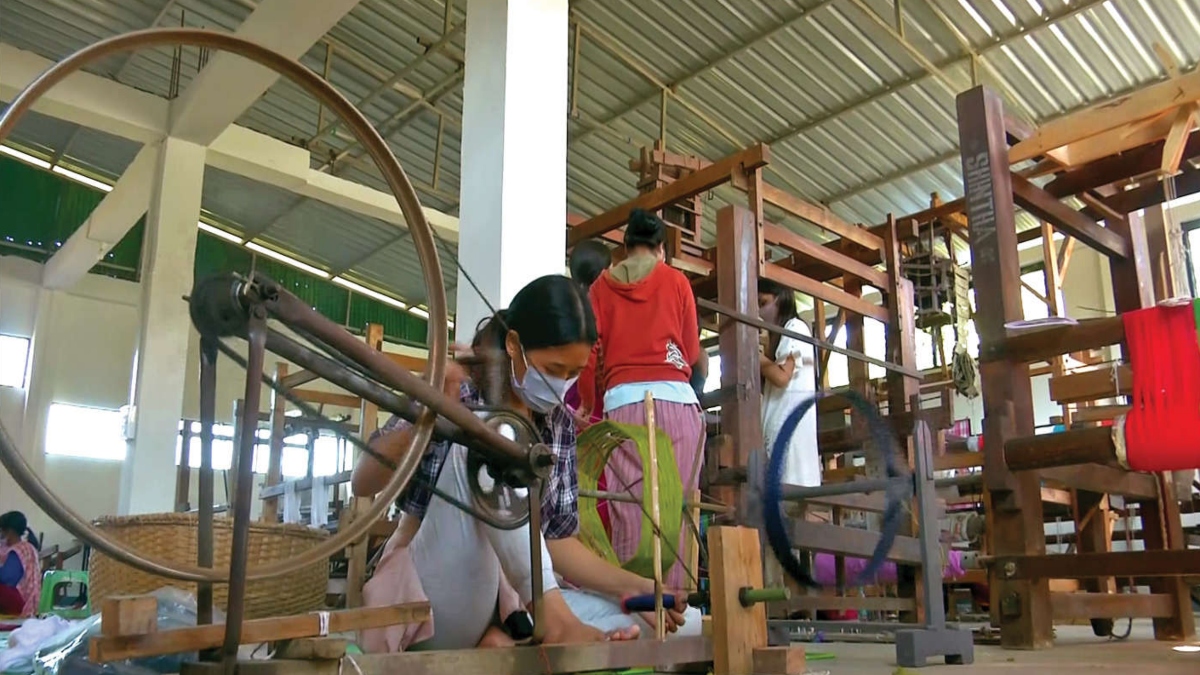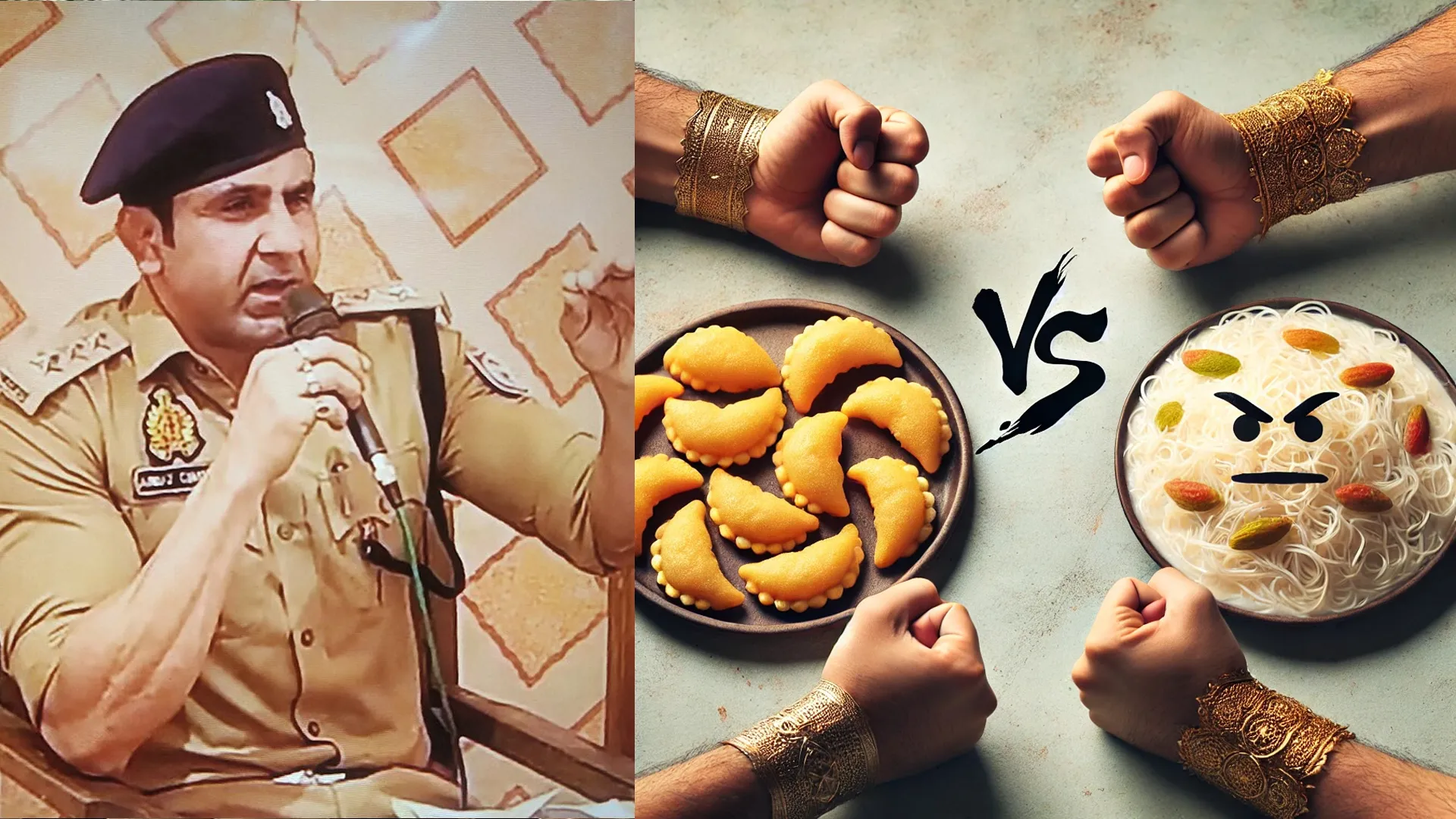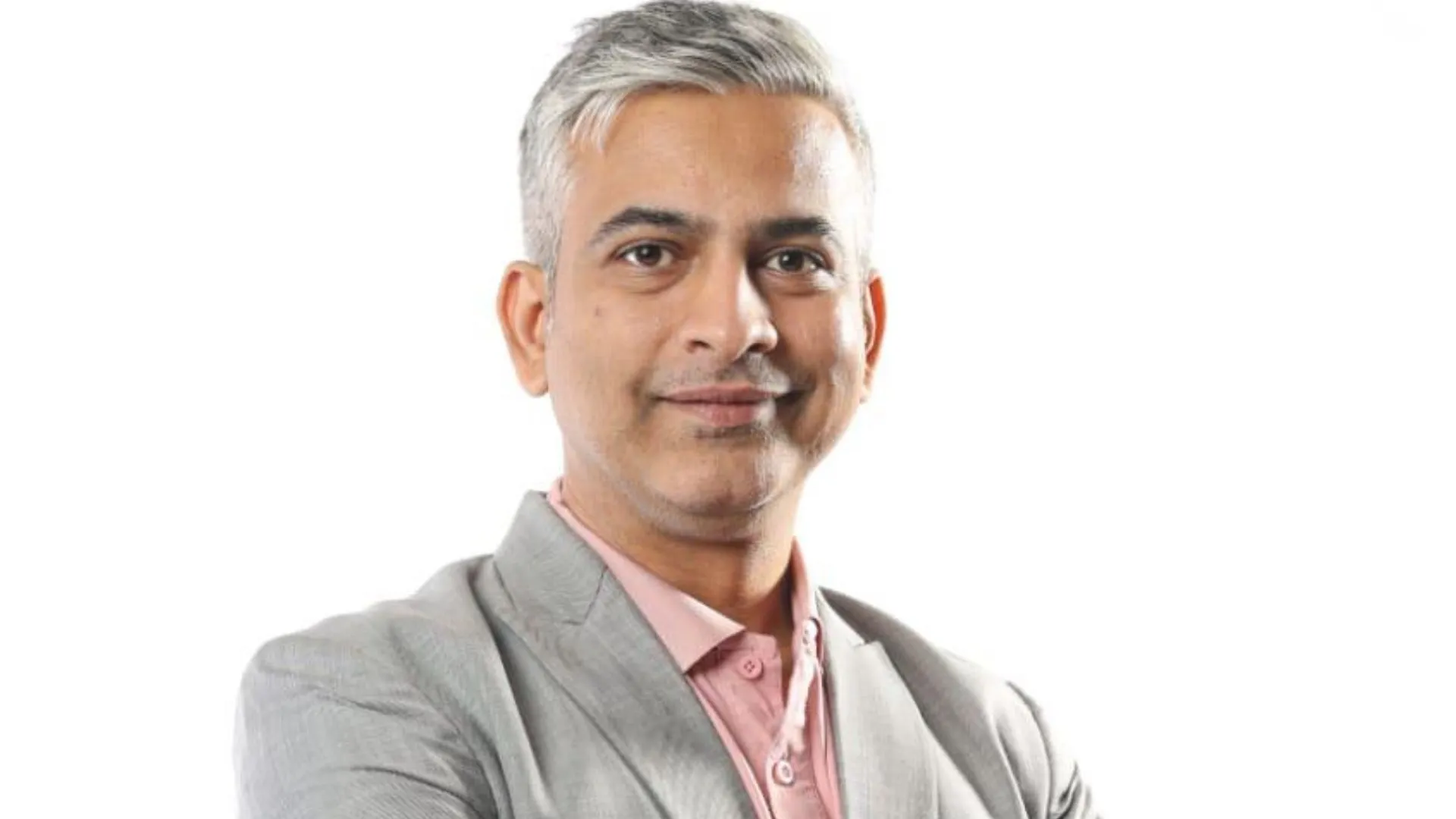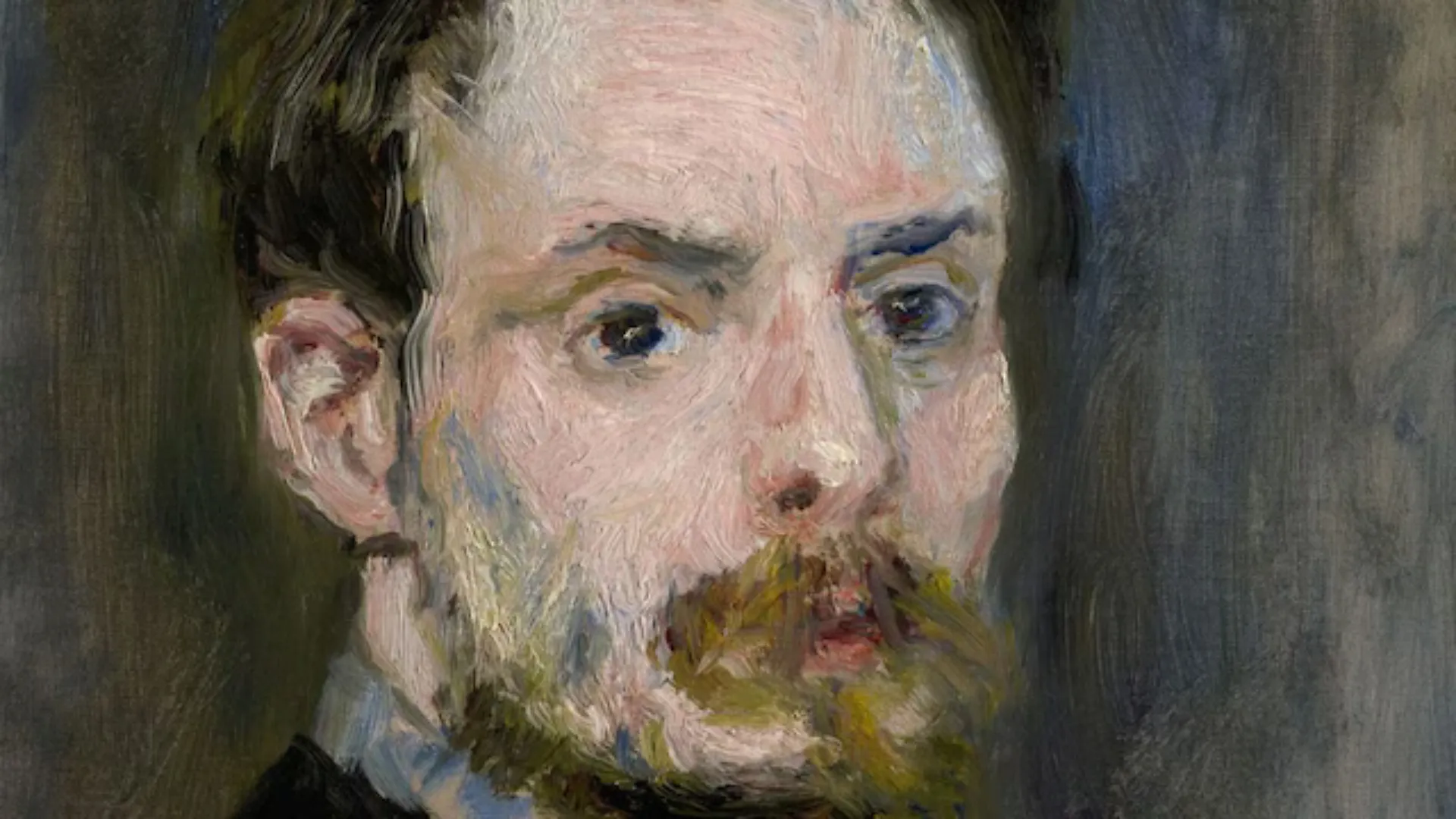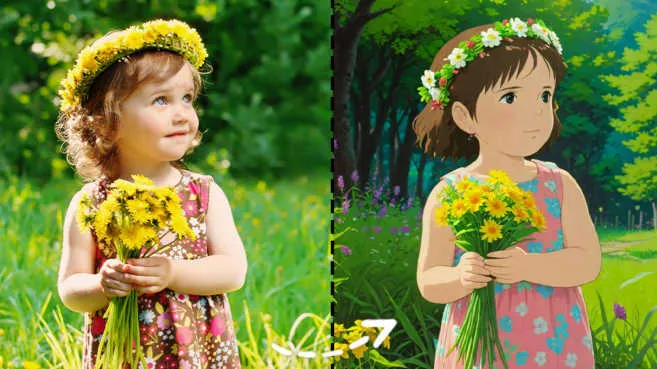This year is the commemoration of the 8th Indian handloom celebrations. The theme this time is towards increasing the income of weavers, with the focus on augmenting the sales count of handloom items on e-commerce websites.
The latest disorder seen among people is craftomania. It is the latest rage and the most revolting pseudo idea shared online. Also, it is gross when every nook and corner boutique owner puts out a photograph of their tailors with a placard that says, “I made it.”

 A handloom worker weaves a unique and beautiful design.
A handloom worker weaves a unique and beautiful design. A handloom worker weaves at Sintha Handloom and Handicrafts Complex CFC, in Imphal.
A handloom worker weaves at Sintha Handloom and Handicrafts Complex CFC, in Imphal.
If you look closer, there is a larger canvas of inequality. There are block printmakers, tie and dye workers, some who stitch the button holes in an exorbitant garment, and also the embroiderers who thread the needle with sometimes very poor visibility, yet they stoically continue the craft. Do they equally benefit financially from this craftomania disease? One thing is for sure, it makes the ones sporting this mania the “intelligent, aware folks,” but the truth is far from the picture that’s painted.
Many craftomaniacs do not hesitate to haggle on the price of a handloom sari or a few metres of fabric with the non-English-speaking weaver but are part of the handloom hysteria for exactly one day.
This year is the commemoration of the 8th Indian handloom celebrations. The theme this time is towards increasing the income of weavers, with the focus on augmenting the sales count of handloom items on e-commerce websites.
But we are far away from the 26,73,891 handloom weavers, spread across India, many of whom remain officially unaccounted for.
According to Prasad Bidapa, the iconic fashion Guru of India, who has been representing Indian handlooms across the world, said, “Handloom is the handwriting of our heritage, a continuous process since ancient times of weaving exquisite fabrics. India is unique, with a variety of hand-woven treasures that define our culture and make us the proud torchbearers of tradition and beauty. Wear handloom often!”
There is no definite historical evidence as to when the Indian weaving industry started. Though, according to popular belief and circumstances, it might have started in the 8th century, which dates back to the Chalukya dynasty, when weaving was in full swing.
In the 21st century, the handloom sector is the second largest economic activity after agriculture. We have around 6 million farmers in India who have their livelihoods dependent on cotton production.
The handloom industry dates back to the pre-independence period, and the new economic policy in India was implemented to thrust this industry towards growth. But, we are yet to see these policies fully implemented and also the lost craft reinvented, keeping it in sync with modernity.
As the handloom industry is mostly concentrated in rural India, it remains the most unorganised sector in the country. But there are many organisations like Hundred Hands, Dastkar, and FICCI FLO, which have introduced initiatives where the weavers and artisans can directly sell to the buyers. According to Jayshree Menon, Chairperson of FICCI FLO Bengaluru Chapter, “By taking handlooms forward, we are going to be promoting the richness of our culture and history. There is so much potential that it offers, all we need to do is to bring it into the mainstream.
The aftermath of Covid-19 left a very large number of weavers who suffered losses in business. Many of them have changed jobs, and some have abandoned spinning yarns in favour of power looms in order to save manpower, money, and time. In the process, they also often lose the art that they are bestowed with.
The National Handloom Development Programme (NHDP) is an attempt to facilitate the sustainable development of handloom weavers located in and outside identified handloom clusters into cohesive, self-sustaining work. But there is still a long way ahead, though a few brands are incorporating Indian handlooms into their style.
Aratrik Dev Burman, Founder of Tilla, opines, “Indian handlooms form the core of Tilla. Besides being unique and beautiful, they employ a very large number of artisans all over the country, keeping traditional knowledge systems and identities alive. Our textiles are among India’s finest gifts to the world!”
India needs to create a wholesome organised sector for the handloom industry, where lost and dying arts can once again be reinvented.
One does get turned off as a buyer with the selection of colours on motifs that can sometimes be garishly kitschy with the sensibilities of a rural product. As much as the world market appreciates the idea of handmade items, we have to also understand that to become a big player in the international market, the weavers need to be trained and educated on softer colours and quality that is on par with the world. This can fetch a good price, thereby making their lives better and keeping the art alive.
Many genuine craft lovers have complained, saying that there is a delay in receiving products from weavers. They are still not trained in understanding the on-time delivery commitments. Therefore, many genuine people give up this cause to avoid the embarrassment of not being able to ensure timely delivery of goods.
One must admit, craftomania is a very good movement, but it can’t survive if it remains only at a superficial level. This is way deeper and more challenging than just groups getting together to sell the idea of “handmade in India” to many Indians who don’t care.
Like Independence Day is celebrated across India, we need to also introduce Handloom Day as a national day of heritage among school kids who are generally busy thinking of the next iPhone model to buy or the latest fast fashion to don. They need to be educated on how fatal it is to the environment and to an economy that has many weavers languishing in poverty.
According to Pratima Pandey, Founder and Director of Pramaa, “Handloom needs to be respected as a language by the younger generation.”
Mohua Chinappa is an author and a podcaster of a show called The Mohua Show.

